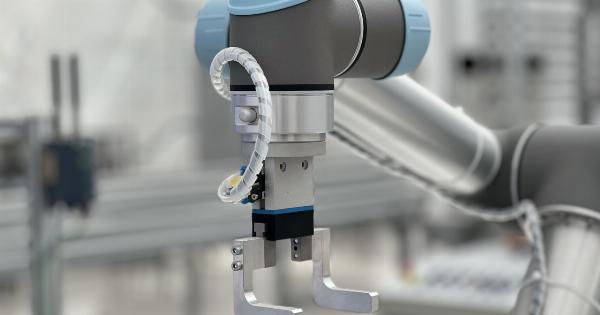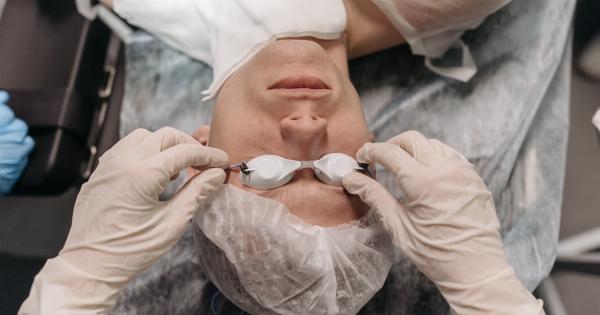Hip replacement surgery is a medical procedure that aims to relieve pain and improve mobility in patients with damaged or diseased hip joints.
The procedure involves replacing the damaged parts of the hip joint with artificial implants, which can be done using either a total or partial hip replacement surgery.
Total Hip Replacement Surgery
Total hip replacement surgery involves removing the entire damaged hip joint and replacing it with a prosthetic implant consisting of a socket and a ball joint.
This procedure is typically recommended for patients with severe hip damage due to arthritis, fractures, or other conditions.
Partial Hip Replacement Surgery
Partial hip replacement surgery involves replacing only the damaged parts of the hip joint, usually the ball joint, with an artificial implant.
This procedure is recommended for patients with less severe hip damage, where only a portion of the joint is affected.
Benefits of Total Hip Replacement Surgery
Complete Pain Relief
Total hip replacement surgery generally provides complete pain relief, as the entire damaged joint is replaced with a prosthetic implant.
Improved Stability and Functionality
Since the artificial joint is designed to replicate the natural hip joint as closely as possible, total hip replacement surgery can improve stability and functionality, allowing patients to return to their daily activities without pain or difficulty.
Durable and Long-Lasting
The prosthetic implants used in total hip replacement surgery are made of high-quality materials that are designed to be durable and long-lasting. This means that once the surgery is complete, patients can enjoy years of pain-free movement without worrying about implant failure.
Benefits of Partial Hip Replacement Surgery
Less Invasive Procedure
Partial hip replacement surgery is generally less invasive than total hip replacement surgery, as only the damaged parts of the hip joint are replaced.
This means that the recovery period is usually shorter and less painful.
Preservation of Healthy Tissue and Bone
Since only the damaged portion of the hip joint is replaced, partial hip replacement surgery can help preserve healthy tissue and bone in the hip joint.
This can be especially important for younger patients who may need a second hip replacement surgery in the future.
Lower Risk of Dislocation
Partial hip replacement surgery typically results in a lower risk of implant dislocation compared to total hip replacement surgery.
This is because the prosthetic implant is smaller and less likely to come loose from the hip joint.
Conclusion
Both total and partial hip replacement surgery can be effective at relieving pain and improving mobility in patients with hip joint damage. The choice between these two procedures will depend on the severity of the damage and the patient’s individual needs and preferences.
Patients should work closely with their orthopedic surgeon to determine the best course of action for their hip joint condition.
With the help of a skilled surgeon and modern prosthetic implants, patients can expect to experience a significant improvement in hip pain, stability, and mobility following their surgery.



























